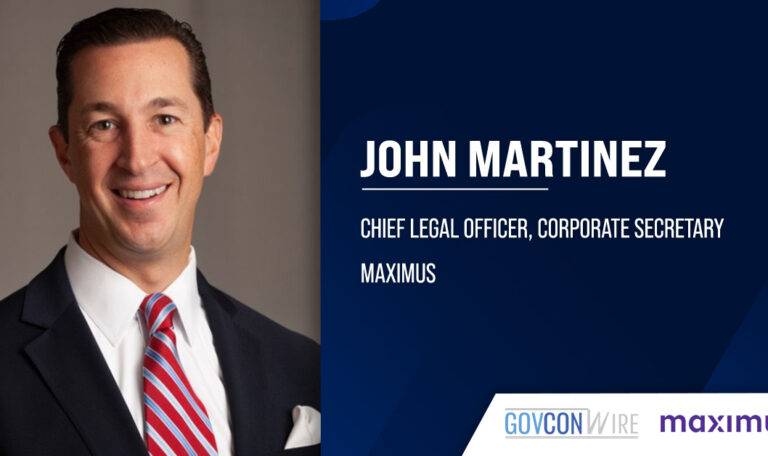U.S. space agencies are gearing up for a launch-filled summer as some of the country’s most highly-anticipated and promising programs make important progress. The rise in government launches in recent months mirrors the exponential growth of the commercial space industry and aligns with a speed-focused strategy set in motion by the Air Force’s acquisition head.
“We are actively moving away from building a small number of highly capable, vulnerable, large satellites in geosynchronous orbit, and we’re moving to a more diversified, proliferated and resilient architecture that can be counted on during times of crisis or conflict,” said the Honorable Frank Calvelli, assistant secretary of the Air Force for space acquisitions and integration, during his opening keynote address at the Potomac Officers Club’s 2023 Industrial Space Defense Summit.
Hear other Air Force leaders like Secretary Frank Kendall and the Honorable Andrew Hunter speak in person at the Potomac Officers Club’s 2023 Annual Air Force Summit on July 18. Register here to save your spot!
In his remarks, Calvelli discussed some of the key architecture changes taking place as space agencies prioritize satellite proliferation, work to get more sensors into space and prepare for launch.
For example, a missile warning and missile tracking architecture, which “focuses on tracking advanced threats by integrating critical missile tracking capabilities that previously did not exist,” is preparing to get off the ground in the coming months.
“The Space Development Agency and the Space Systems Command are developing both a low Earth orbit and medium Earth orbit architecture through an incremental process that allows us to incorporate new technologies and get them on orbit fast,” he shared. “The Space Development Agency just launched the first two LEO tracking satellites this month, and we’ll launch six more by the end of the summer,” he added.
The SDA launch streak is expected to continue, following the successful launch of the first ten satellites in Tranche 0 of the agency’s Proliferated Warfighter Space Architecture earlier this month.
Among the roster of upcoming launches is also the Space Force’s collaboration with the National Reconnaissance Office on the highly classified SILENTBARKER program. According to Calvelli, the joint launch is scheduled for July or August and will provide the agencies with on-orbit space domain awareness and other capabilities in that area.
“SDA delivered eight transport and two tracking layer Tranche 0 satellites just 31 months after contract award,” Calvelli highlighted. “The accelerated time represents a necessary benchmark for space acquisitions.”
Calvelli said the second launch to complete the 28-satellite Tranche 0 layer is expected to take place this summer, likely late June.
Looking beyond proliferated launch, Calvelli has also set his sights on changes within the acquisition process that are designed to help keep contractors accountable and on schedule.
The Contractor Responsibility Watch List, which originated within the NRO, is beginning to be considered by space leaders like Calvelli as a way to restrict contractors with poor performance records.
“Basically it’s the naughty list,” said Calvelli. “It basically says that you’re going to be restricted from getting new work until you hit a certain milestone.”
Once contractors are on the list, “you have the ability at that point not to award them any new contracts or allow them to bid on any new thing if you choose to,” Calvelli explained. “And so that’s sort of real incentive for folks to actually get their act together.”
Calvelli added that while he hasn’t seen the approach used quite yet on the Department of Defense side of the house, the intelligence community has used it very effectively over the years.
















